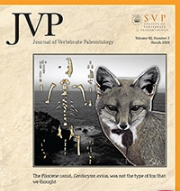“This study presents empirical evidence elucidating the utilisation of reed beds by hazel dormice (Muscardinus avellanarius) during their summer activity phase. Historically characterised as an arboreal species confined to woodland and hedgerow habitats, the comprehensive assessment of this strictly protected species within reed beds and analogous wetland ecosystems across Europe has been lacking, presumably due to the presumption of their absence in such locales. This study aimed to employ radio telemetry to monitor hazel dormice and assess their utilisation of a reed bed compared to adjacent woodland for both nocturnal activity and daytime resting. To achieve this aim, eight hazel dormice were fitted with radio transmitters at the boundary between a reed bed and an adjacent woodland and tracked for a minimum of three consecutive nights. Results showed that the animals used the reed bed to a comparable extent to the adjacent woodland during their nocturnal activity. Furthermore, hazel dormice frequently chose resting sites in the reed bed during the day. Although the nesting and breeding behaviour within the reed bed was not thoroughly examined, the discovery of a hazel dormice nest suggests that hazel dormice construct summer nests within the reed bed habitat. Reed beds, particularly when interconnected with adjacent woodland, constitute an integral component of the habitat of the hazel dormouse, a previously overlooked fact. Hence, it is essential to include reed beds in strategies for conservation management and further research aimed at elucidating the habitat requirements of the hazel dormouse.” Open Access!

